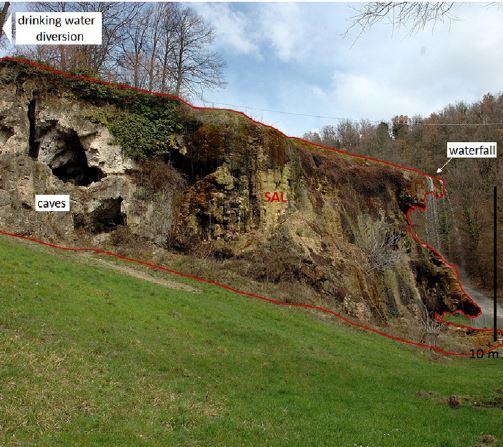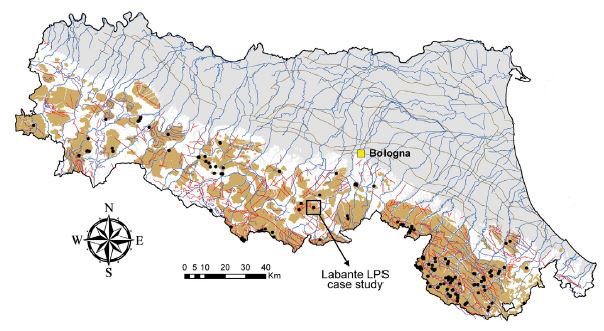A global review on ambient Limestone-Precipitating Springs (LPS)
A global review on ambient Limestone-Precipitating Springs (LPS): Hydrogeological setting, ecology, and conservation
Springs are biodiversity hotspots and unique habitats that are threatened, especially bywater overdraft. Herewe review knowledge on ambient-temperature (non-geothermal) freshwater springs that achieve suf for CaCO resulting in scenic carbonate structures: Limestone-Precipitating Springs (LPS).

The most characteristic organisms in these springs are those that contribute to carbonate precipitation, e.g.: the mosses ficient oversaturation3 -by physical CO2 degassing and activity of photoautotrophs- to deposit limestone, locallyPalustriella and Eucladium to be sensitive to phosphorus pollution.
Invertebrate diversity is modest, and highest in pools with an aquatic-terrestrial interface. Internationally, comprehensive legislation for spring protection is still relatively scarce. Where available, it covers all spring types.
The situation in Europe is peculiar: the only widespread spring type included in the EU Habitat Directive is LPS, mainly because of landscape aesthetics.
To support LPS inventorying and management to meet conservation-legislation requirements wedeveloped a general conceptual model to predict where LPS are more likely to occur.
The model is based on the pre-requisites for LPS: an aquifer lithology that enables build-up of high bicarbonate and Ca emergence, combined with intense groundwater percolation especially along structural discontinuities, the crenophilous desmid Oocardium stratum, and cyanobacteria (e.g., Rivularia).
These organisms appear2+ to sustain CaCO3 oversaturation after spring (e.g., fault zones, joints, schistosity), and a proper hydrogeological structure of the discharging area. We validated this model by means of the LPS information system for the Emilia-Romagna Region (northern Italy).

The main threats to LPS are water diversion, nutrient enrichment, and lack of awareness by non-specialized persons and administrators. We discuss an emblematic case study to provide management suggestions. The present review is devoted to LPS but the output of intense ecological research in Central Europe during the past decades has clearly shown that effective conservation legislation should be urgently extended to comprise all types of spring habitats.
- A global review on ambient Limestone-Precipitating Springs (LPS): Hydrogeological setting, ecology, and conservation, (PDF - 4,3 MB)
Marco Cantonati, Stefano Segadelli, Kei Ogata, Ha Tran, Diethard Sanders, Reinhard Gerecke, Eugen Rott, Maria Filippini, Alessandro Gargini, Fulvio Celico
